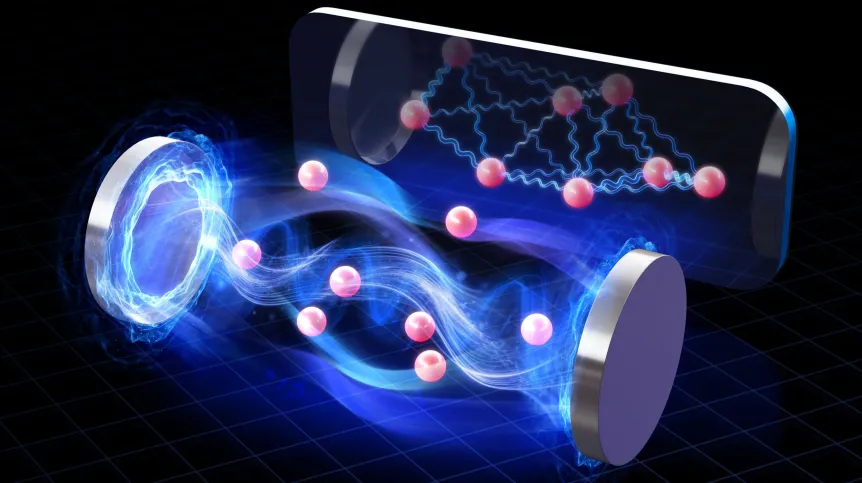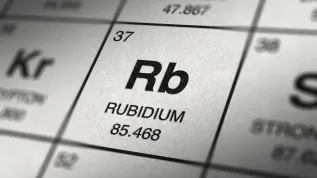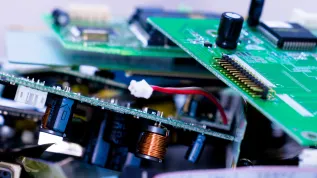
Polish and American physicists have shown that direct interactions between atoms can strengthen superradiance - a collective flash of light - a finding that may inform future quantum technologies, including sensors, networks, and quantum batteries.
“Photons act as mediators, coupling each emitter with all the others inside the cavity,” said João Pedro Mendonça, PhD, first author of the study and researcher at the Center for New Technologies, University of Warsaw. “When light–matter entanglement is preserved in the model, it is possible to predict when a device will charge quickly and when it will not. Taking into account this subtle quantum effect could lead to practical insights for quantum engineers.”
The study, published in Physical Review Letters, involved researchers from the Faculty of Physics at the University of Warsaw, the Center for New Technologies, Emory University in Atlanta, the Nencki Institute of Experimental Biology of the Polish Academy of Sciences, the Institute of Environmental Protection – National Research Institute, and the University of Gdańsk.
The team investigated how short-range dipole–dipole interactions between atoms influence their behavior inside optical cavities. Superradiance occurs when multiple atoms emit light in phase, producing an amplified, coordinated flash.
“Semiclassical models (of atom–light interactions) significantly simplify the quantum problem, but at the cost of losing crucial information; they effectively ignore possible entanglement between photons and atoms, and we have found that in some cases this is not a good approximation,” the authors wrote.
Their research showed that including these atomic interactions lowers the threshold for superradiance and can create previously unknown states of matter with superradiant properties.
In optical cavities, multiple atoms occupy the same light mode, a space between mirrors that traps and amplifies photons through interference.
“The team’s research has shown that dipole–dipole interactions can amplify photons. Understanding this balance is essential for interpreting experiments in conditions where light and matter significantly influence each other,” the press release said.
The findings highlight the importance of light–matter entanglement in quantum systems. Mendonça emphasized that this subtle quantum effect could guide practical applications: “Taking into account this subtle quantum effect could lead to practical insights for quantum engineers.” (PAP)
abu/ bar/
tr. RL













